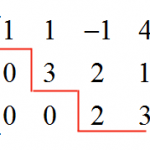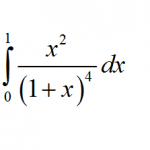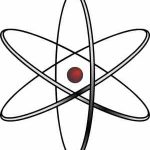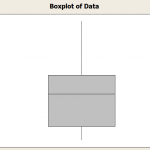Statistics can be defined as the science of "learning from data". This encompasses the entire cycle from planning for the collection of data to subsequent data management. It also includes end-of-the-line activities such as drawing inferences from data and presentation of results.
Types and Methods of Statistical Study
Statistics can be divided into two main branches. Mathematical Statistics comprises the theoretical aspects of the subject dealing with basics and pure formulas. Applied statistics is used in the area of research and analysis. It can be further divided into Descriptive Statistics and Inferential Statistics. The former branch is used to describe or summarize the methodologies of collection of data. The latter branch of statistics is used to model data patters as well as observe and analyze data to draw conclusive inferences.
Every statistical study goes through the following stages
- Determining the objective of the research and research methodology
- Selection of subjects and information sources
- Determining dependent and independent variables based on selection of research model
- Summarizing observations and analysis of the same
- Statistical inference
- Documentation and presentation of results
Practical uses of Statistics
Statistics is used for making informed decisions and has wide application. The principal use of statistics still remains in governmental and administrative bodies. Research on population, census, public health and welfare etc. is conducted via national and international statistical services. However, today it is applicable to a wide variety of academic disciplines as well. This includes physical and social sciences, humanities, medicine, business etc.
In case you have any suggestion, or if you would like to report a broken solver/calculator, please do not hesitate to contact us .








